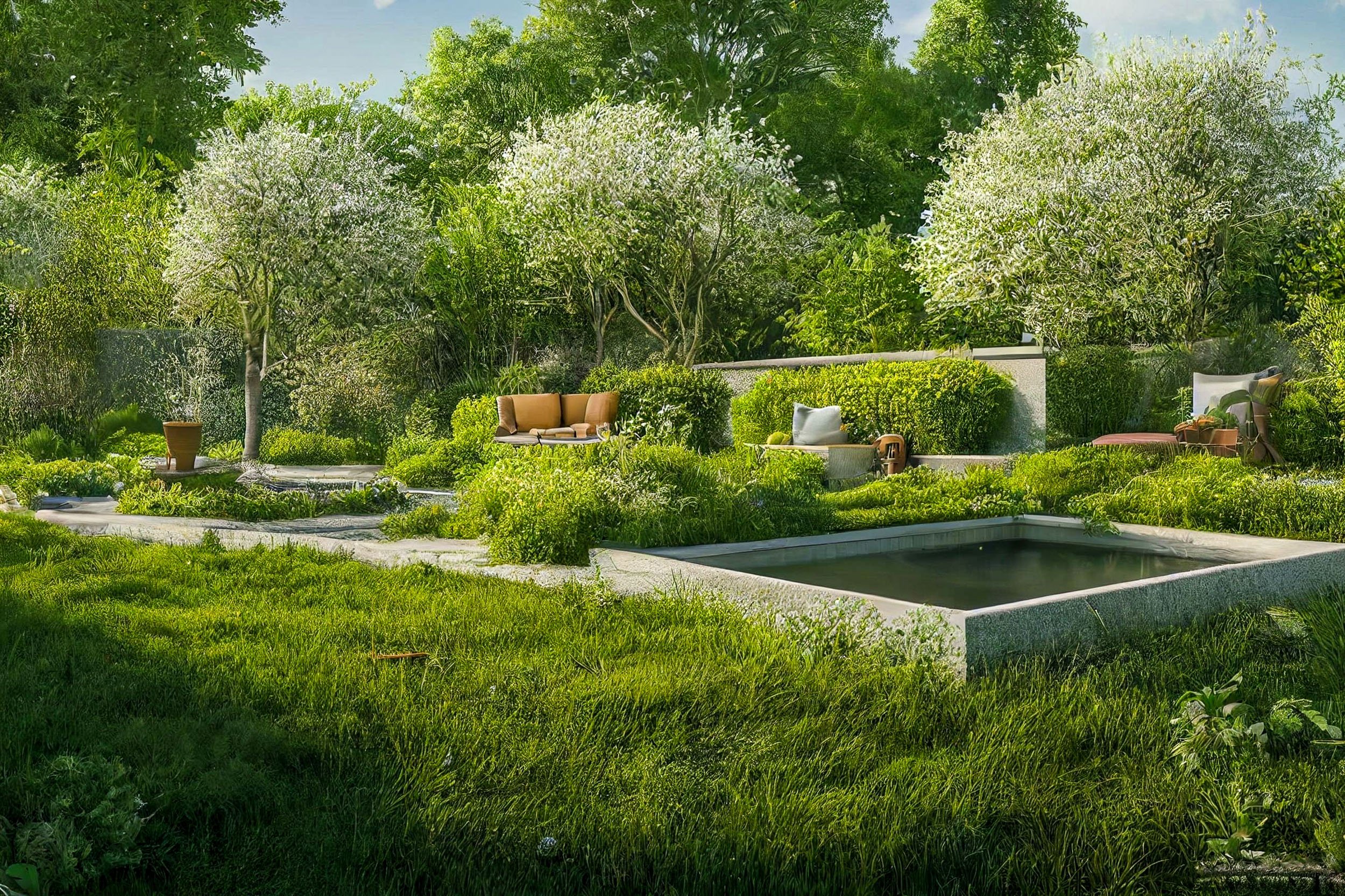Hilton Head Landscapes Can Be Fun For Anyone
Hilton Head Landscapes Can Be Fun For Anyone
Blog Article
The Greatest Guide To Hilton Head Landscapes
Table of ContentsThe Definitive Guide for Hilton Head LandscapesExamine This Report about Hilton Head LandscapesThings about Hilton Head LandscapesMore About Hilton Head LandscapesThe 9-Second Trick For Hilton Head LandscapesSome Known Incorrect Statements About Hilton Head Landscapes An Unbiased View of Hilton Head Landscapes
Line produces all kinds and patterns and can be utilized in a variety of means in the landscape. Line in the landscape is developed by the side between two products, the outline or shape of a form, or a lengthy linear feature. Lines are an effective tool for the designer due to the fact that they can be used to develop a boundless range of forms and kinds, and they manage activity of the eye and the body.

Lines can have several characteristics, such as those described listed below, however they usually serve various functions. Figure 1. Lines in the landscape - landscapers hilton head island. The properties of lines determine exactly how individuals react to the landscape, both mentally and physically. Straight lines are structural and forceful; they develop an official character, are usually related to a symmetrical style, and lead the eye directly to a focal factor.
What Does Hilton Head Landscapes Mean?
Straight lines are most usually located in hardscape edges and material. Rounded lines create a casual, natural, loosened up character that is linked much more with nature and unbalanced equilibrium. Bent lines relocate the eye at a slower rate and add secret to the room by producing surprise views. Vertical lines move the eye up, making a room really feel bigger.
Vertical lines in the landscape consist of tall, narrow plant material, such as trees, or tall structures, such as an arbor or a bird home on a pole. Straight lines relocate the eye along the ground plane and can make a room feel larger. Low lines are more suppressed and create a sensation of rest or repose.
Hilton Head Landscapes - The Facts
Low lines are produced by reduced yard wall surfaces, sidewalks, and brief hedges. Lines are used to attract forms on a plan. In strategy view, they specify plant beds and hardscape locations. Lines are additionally produced by the vertical forms of constructed attributes and plant material. There are 3 key line types that produce kind in the landscape: bedlines, hardscape lines, and plant lines.
Bedlines attach plant product to your home and hardscape since the eye adheres to the line, moving the look via the landscape. Hardscape lines are developed by the edge of the hardscape, which delineates the developed framework. Line can also be developed by long and narrow products, such as a fencing or wall.
Some Known Incorrect Statements About Hilton Head Landscapes
Kind is found in both hardscape and plants, and it is typically the dominant aesthetic element that spatially organizes the landscape and typically identifies the design of the yard. The kind of frameworks, plant beds, and yard accessories likewise identifies the overall form motif of the garden. Formal, geometric types include circles, squares, and polygons.
Plants develop type in the yard via their lays out or silhouettes, but kind can also be specified by a gap or adverse room between plants - landscaping hilton head sc (https://www.blogtalkradio.com/stevenagonzales). Circles can be cycles, or they can be split right into half circles or circle sectors and incorporated with lines to develop arcs and tangents
More About Hilton Head Landscapes
Circles can also be extended right into ovals and ellipses for even more range and rate of interest. Circles are a solid layout form due to the fact that the eye is always drawn to the center, which can be used to emphasize a prime focus or link other types. Figure 2. Round forms in hardscape and lawn panels.
The square kind can also be fractional and pre-owned repetitively to develop a grid pattern. Unlike circles, squares are more powerful on the brink, which can be lined up or overlapped to produce special patterns and even more complex types. Polygons are many-sided forms with straight sides. Triangles, for example, are three-sided polygons.
Meandering lines typically resemble the natural course of rivers or streams and can be explained read as smooth lines with deeply bent wavinesses. Twisting lines (Number 3) work well for pathways, plant bedlines, and dry stream beds. Twisting lines can include rate of interest and enigma to a garden by leading viewers around corners to discover brand-new views and spaces.
Hilton Head Landscapes Can Be Fun For Everyone

Common plant forms are well established and standard, as kind is the most consistent and identifiable quality of plants. Kind can also be produced via the massing of plants, where the general mass creates a various type than a specific plant.
A very contrasting form should be used with careone or more job well as a focal factor, yet as well many create chaos. Natural plant forms, instead of over-trimmed forms, must develop the mass of the composition. The relevance of total type is essentially depending on the seeing perspectivethe form of a tree can show up quite different to a person standing under the cover versus viewing the tree from a distance in an open area.
Not known Facts About Hilton Head Landscapes
Plant kinds also create and specify deep space or open rooms between the plants, producing either convex or scooped kinds in deep spaces. High-arching tree branches typically produce a concave open room under the branches, and a rounded canopy with low branches fills up the room to create a convex form in the open space under the tree.

Report this page